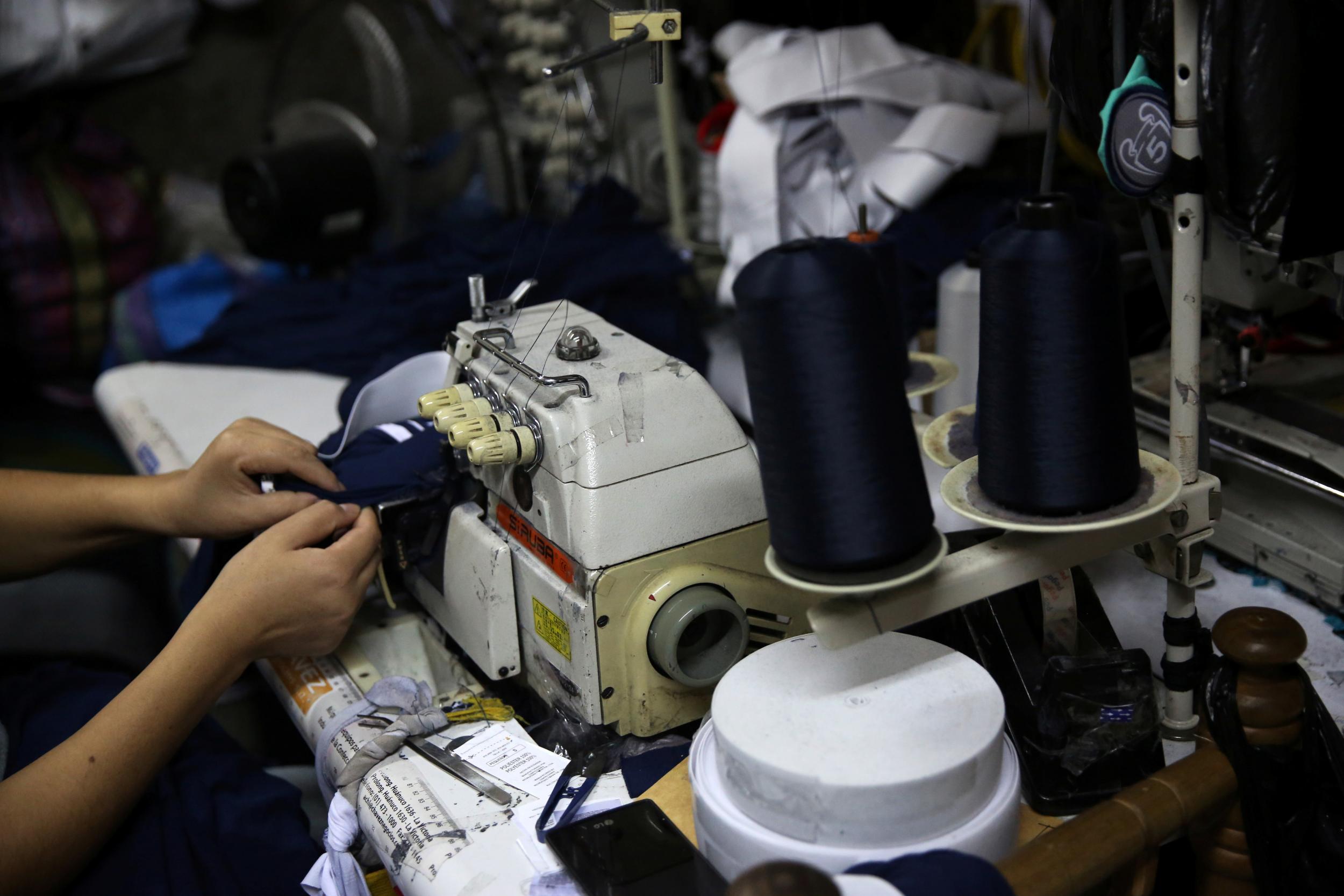World's biggest wealth fund turns its attention to fashion and child labour
Norway's $1 trillion sovereign wealth fund looks to bring together the world's top fashion labels in tackling child exploitation

After focusing on industries like coal and weapons, Norway’s $1 trillion sovereign wealth fund is turning its attention to fashion.
Together with UNICEF, the world’s biggest wealth fund is setting up a network with some of the top fashion companies to improve children’s rights, whether they are exploited in the production of garments and shoes or impacted by the industry in other ways.
Between 10 and 15 companies with a total market value of more than 2 trillion kroner (£182bn) have joined and will participate in the network’s first event in Geneva on 27 November, said Carine Smith Ihenacho, the Norwegian investor’s global head of ownership strategies. They include H&M; Kering, the owner of luxury brands such as Gucci and Saint Laurent; and VF, which owns labels such as North Face and Wrangler.
Over the next two years, the group will discuss what can be done to improve the plight of children who often work in sweatshops under appalling conditions. The initiative will also focus on areas such as education, health and nutrition, from access to school to working mothers’ ability to breastfeed.
“Not enough is being done today,” Smith Ihenacho said in an interview on Wednesday at the Oslo office of Norges Bank Investment Management, a unit of the central bank which manages the fund. “We hope this will raise market practices for other companies as well. We hope this will have some kind of bellwether effect.”
The world got a shocking glimpse of how badly some textile workers are treated, following the 2013 collapse of the Rana Plaza factory in Bangladesh that killed more than 1,100 people. The year before, fires at Pakistan sites also drew attention to the hardship such workers face. With production typically sub-contracted by global retailers to emerging-market nations, the complexity and the length of the supply chain make it hard to weed out practices such as child labour.
There were about 152 million child labourers in the world in 2016, or almost one in ten children globally, according to the International Labour Organisation. Just under half of those worked in hazardous conditions.
While it’s hard to document just how many children work for the textile industry, the UN Children’s Fund estimates that about 250 million minors worldwide are in some way impacted by the supply chain, either directly, through their families or local environments, said Camilla Viken, head of UNICEF Norway.
“There are many challenges in the textile industry and its supply chain,” Ms Viken said in an interview. “It’s a very important place to start to improve many children’s rights and lives.”
Norway’s wealth fund, which invests the country’s oil and gas income in stocks, bonds and real estate abroad, owns about 1.5 per cent of the world’s listed equities. It operates according to a set of ethical guidelines that span from human rights to environmental considerations, and that ban the production of tobacco and certain types of weapons. Last week it also proposed selling out of oil and gas stocks for financial reasons.
Companies may also be excluded if they contribute to “the worst forms of child labour,” according to those guidelines.
So far, that’s only happened to one company, India’s Zuari Agro Chemicals, which was excluded in 2013. The fund’s Council of Ethics, which advises the central bank’s Executive Board on potential exclusions, is scrutinising textile production in parts of Asia, the head of the watchdog said in an interview in October.
Business news: In pictures
Show all 13
The new network isn’t meant to install new standards for the fund, Smith Ihenacho said.
“Our focus has been to get leading companies on board and to work with them to find practical solutions to real life issues,” she said.
The fund invited 30 fashion companies to join the initiative. Of the 10-15 that ended up joining, only three wanted to be identified. The fund has investments totalling 44bn kroner in those that joined, Smith Ihenacho said. She says the fund hopes to be able to name more companies as the work progresses.
“This is the first initiative of its kind, a pilot and pioneering project,” UNICEF’s Ms Viken said. “It’s natural that some companies take the lead.”
Subscribe to Independent Premium to bookmark this article
Want to bookmark your favourite articles and stories to read or reference later? Start your Independent Premium subscription today.

Join our commenting forum
Join thought-provoking conversations, follow other Independent readers and see their replies